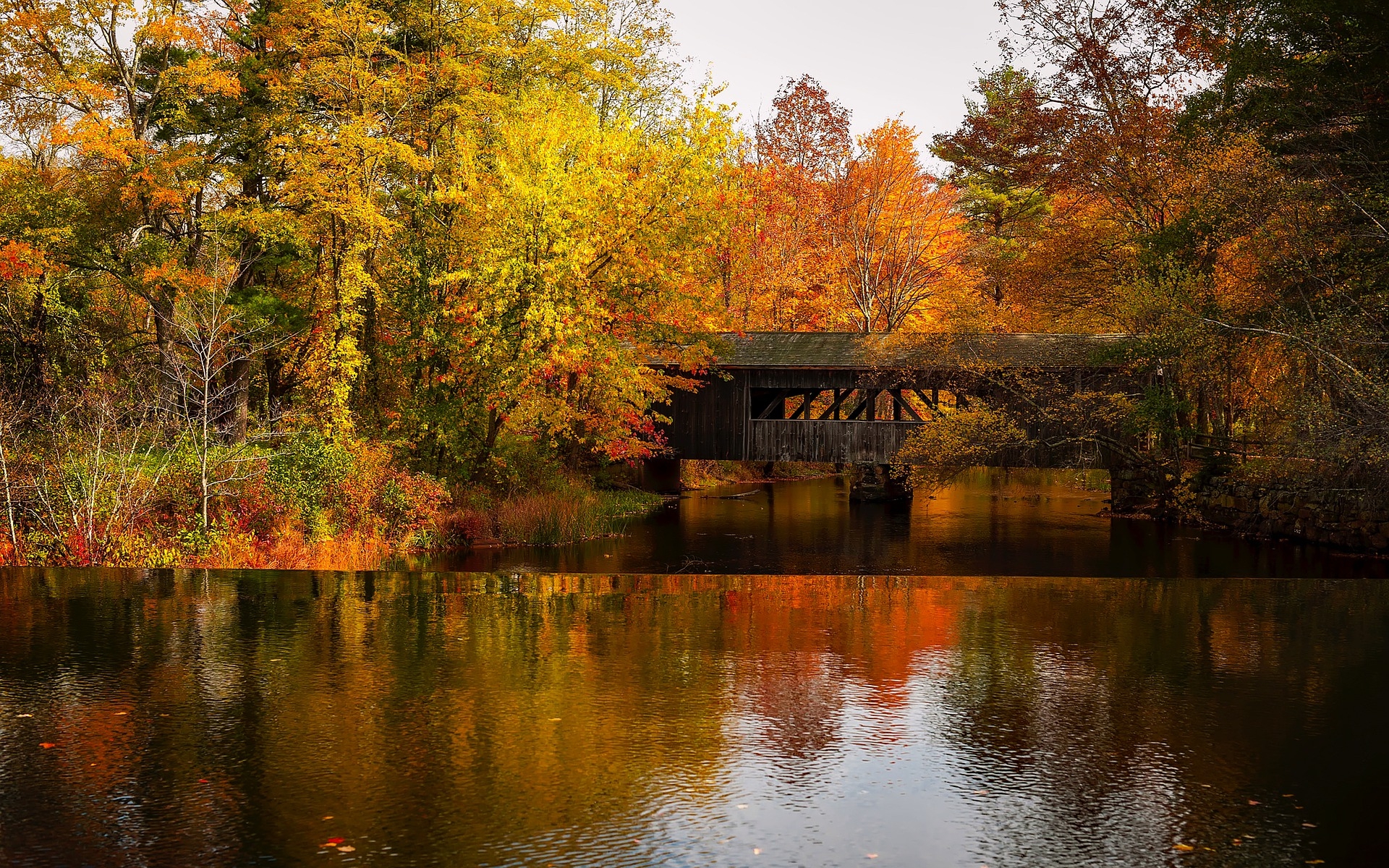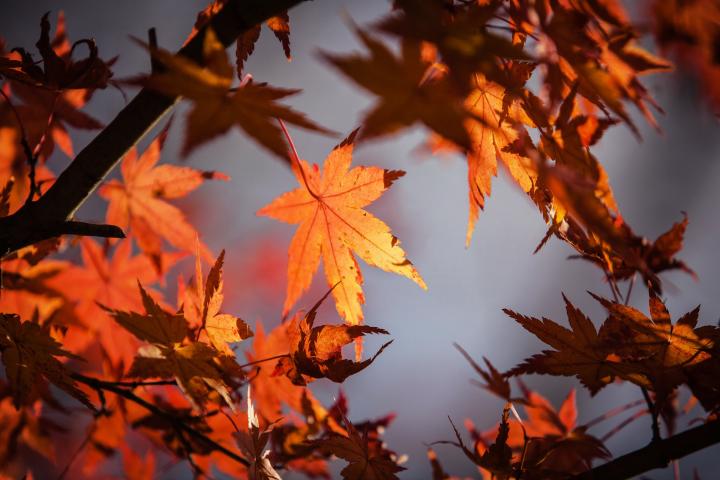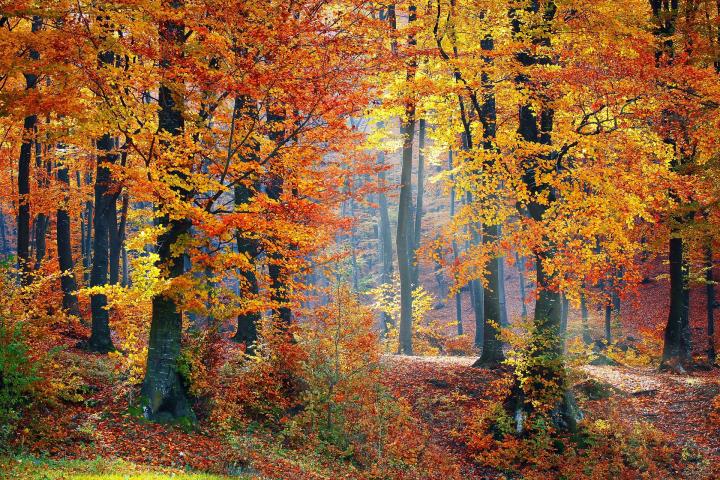WHAT IS THE AUTUMNAL EQUINOX?
Autumn days come quickly, like the running of a hound on the moor. –Irish proverb
The autumnal equinox—also called the September or fall equinox—is the astronomical start of fall in the Northern Hemisphere and spring in the Southern Hemisphere.
Why is it called an equinox? The word comes from the Latin aequus, meaning “equal” and nox, meaning “night.”
During the equinox, the Sun crosses what we call the “celestial equator.” Imagine a line that marks the equator on Earth extending up into the sky above the equator from north to south. Earth’s two hemispheres receive the Sun’s rays about equally. The Sun is overhead at noon as seen from the equator, so at this point, the amount of nighttime and daytime (sunlight) are roughly equal to each other.
See the sunrise and sunset for YOUR location.
After the autumnal equinox, the nights will get longer and the days shorter until the December solstice near Christmas.
To learn more about all four seasons and see when they begin, see First Day of Seasons.

FALL WEATHER
It is the summer’s great last heat,
It is the fall’s first chill: They meet.
–Sarah Morgan Bryan Piatt
Another definition of fall is “nights of below-freezing temperatures combined with days of temperatures below 70 degrees Fahrenheit (21°C)”. From here on out, the temperatures begin to drop.
Will fall bring crisp, cool weather—or, unseasonably warm weather? It depends on where you live! Find out the forecast for your area in the new 2019 Old Farmer’s Almanac!
Fall Foliage
Note that fall foliage isn’t due to current weather conditions. This is a common misperception. Leaves change color because of the amount of daylight and photosynthesis. Learn more about autumn leaves.

FALL EQUINOX FAQS
Q: ARE DAY AND NIGHT PERFECTLY EQUAL ON THE EQUINOX?
A: No. Even on the equinox, day and night aren’t perfectly equal! However, they are very close to equal (the lengths may be off by only a few minutes). Why does this happen?
It depends where you live. On the equinox, the center of the Sun is above the horizon for 12 hours. However, “sunrises” is said to begin when the upper edge of the Sun’s disk becomes visible above the horizon (which happens a bit before the center rises) and ends when the entire Sun has set. In this case, daylight is longer than 12 hours.
Not only that, but the Sun is actually visible when it is below the horizon, as Earth’s atmosphere refracts the Sun’s rays and bends them in an arc over the horizon. Yes, you can actually see the Sun before the edge actually reaches the horizon! This causes daylight to be longer than 12 hour as well.
Did you know our rise/set tool now provide day length? In Dublin, New Hampshire—home of The Old Farmer’s Almanac—our day length on the equinox is 12:08 hours. See day length where you live!
Q: IS THE AUTUMNAL EQUINOX REALLY THE FIRST DAY OF FALL?
A: Based on the astronomical definition of seasons, yes, the autumnal equinox does mark the first day of fall (in the Northern Hemisphere). However, according to the meteorological definition of seasons, which is based on temperature cycles and the Gregorian calendar, the first day of fall is September 1.
Q: CAN YOU BALANCE AN EGG ON THE EQUINOX?
A: There’s an old-wife’s tale that you can stand an egg on its end of the equinox. Well, yes, but it’s not just on the equinox. Still it’s it’s a bit of fun. Try it!
See more fun facts and myths about the old, misunderstood equinox from Almanac astronomer, Bob Berman.

NATURE’S SIGNS OF FALL
What are you signs of fall? In many regions of North America, the landscape silently explodes with vibrant colors of red, yellow, and orange. The leaves begin to drop off the trees, providing endless hours of jumping into leaf piles for kids and raking them back up for parents!
Trees snapping and cracking in the autumn indicate dry weather.
Fall also brings some wonderful holidays including Halloween and Thanksgiving which carry us through the season until temperatures begin to drop, nights begin to get longer, and all the woodland critters start storing up for the long haul of winter.
And then don’t forget about the end of Daylight Saving Time when you “fall” back, setting your clocks back one hour and regaining an hour of sleep.
Plants and trees are slowing down, as sunlight decreases. In the garden, asters and chrysanthemums bloom beautifully as orange pumpkins and corn mazes abound.
Football season is warming up and so is sweater weather.
Also notice the arc of the sun across the sky each day as it starts shifting south. Birds and butterflies migrate along with the path of our Sun!
Of course, you can you can easily notice the later dawns and earlier sunsets. See our sunrise/set tool for your area!

Aster flowers
ANCIENT AUTUMN TRADITIONS
The fall equinox has been a day of celebration for cultures since ancient days. People tracked the transitions of the Earth’s journeys around the Sun.
- At Machu Picchu in Peru, an ancient stone monument called Intihuatana—which means “Hitching Post of the Sun”—serves as a solar clock to mark the dates of the equinoxes and solstices.
- In Mexico, the Mayans built a giant pyramid called Chichen Itza. On the equinoxes, it looks as if a snake made of light slithers down the pyramid’s steps.
- In England, Stonehedge was also built with the equinoxes and solstices in mind.
See Five Ancient Sites Aligned With the Equinoxes and Solstices.
ENJOY AUTUMN!
Wishing a colorful, cool, cozy autumn to all our Almanac readers. Tell us your favorite things about the fall season below!
You will also be subscribed to our Almanac Companion Newsletter

 Our Village Montessori
Our Village Montessori About Montessori
About Montessori Calendar
Calendar Blog
Blog Admissions
Admissions Contact
Contact
501.944.4483